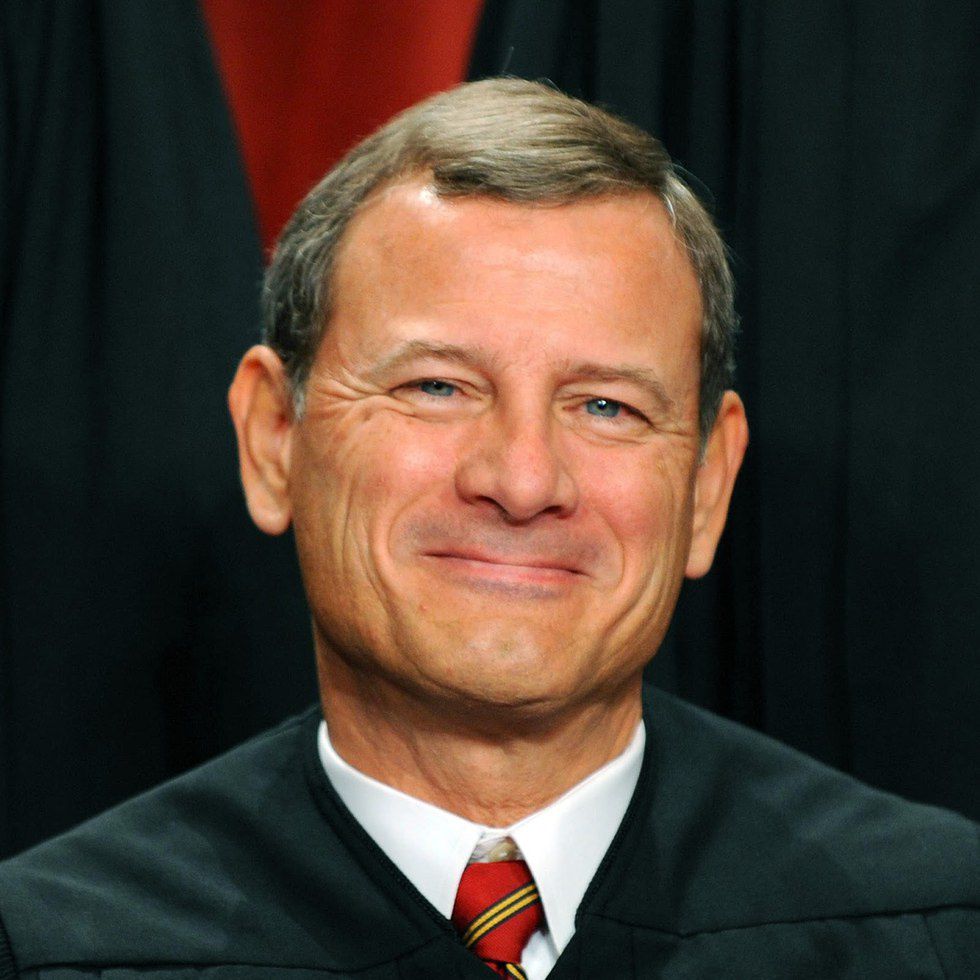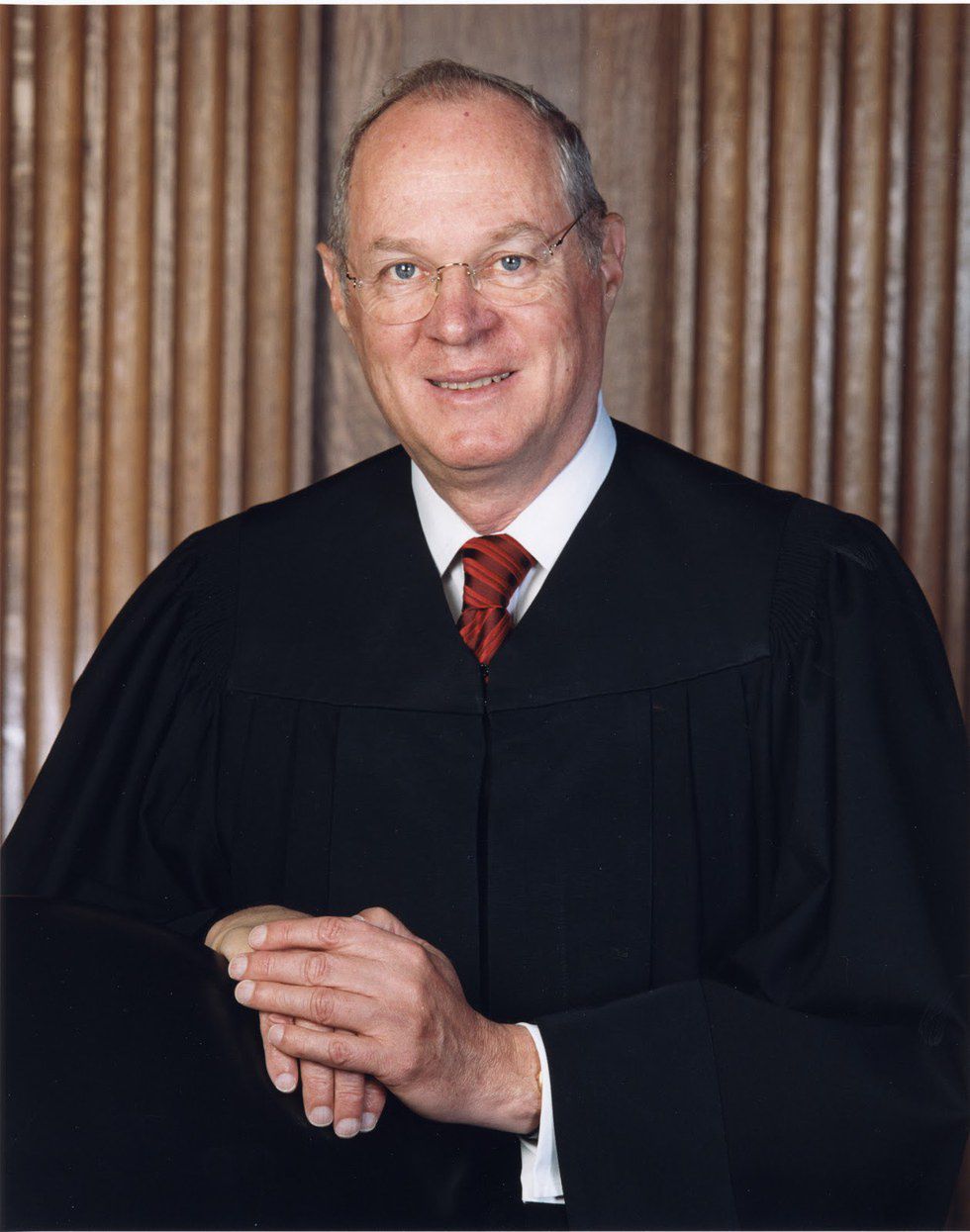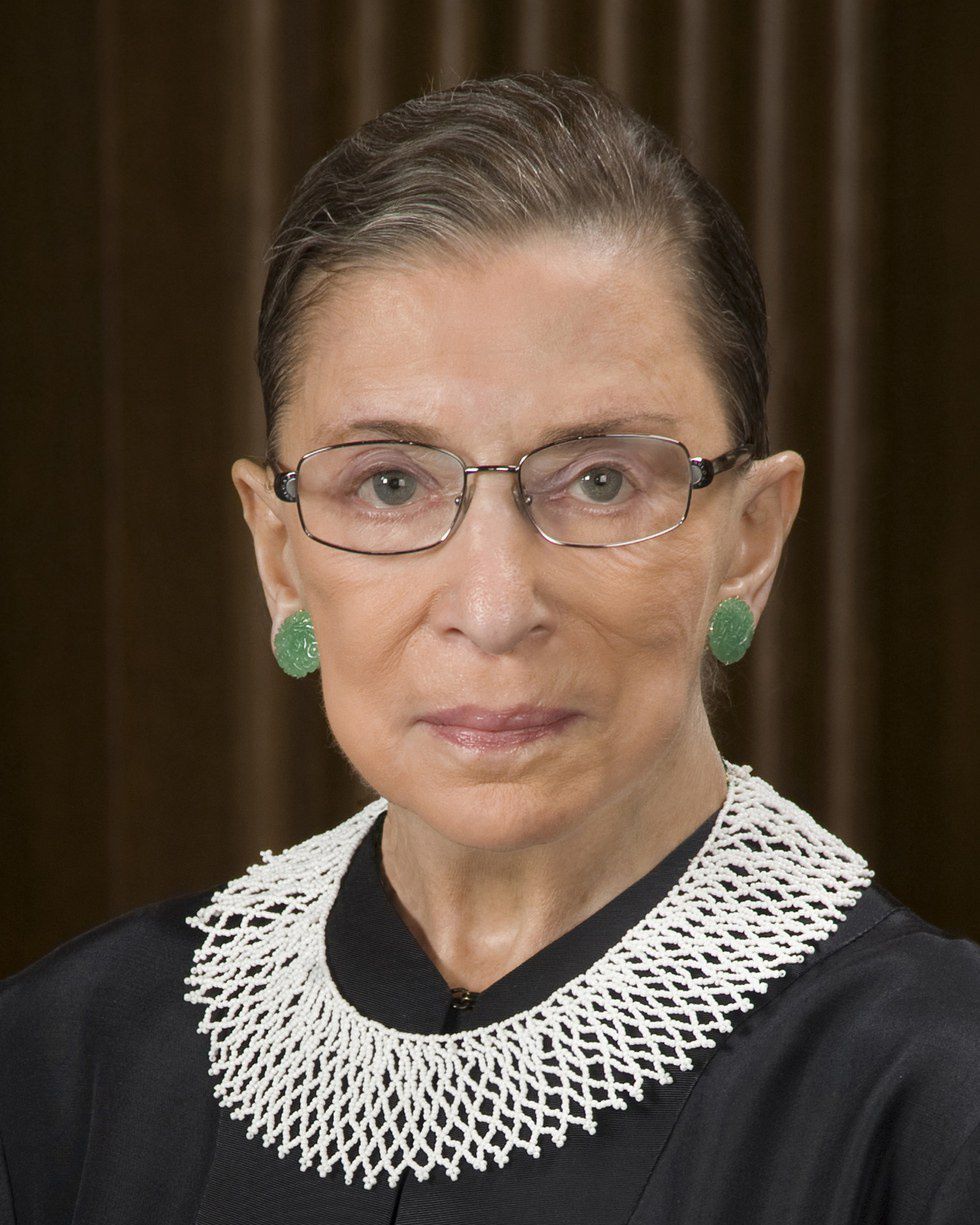October is quickly approaching, and along with the month itself, the return of America’s favorite pastime is also approaching. Okay, maybe it's not America’s actual favorite pastime. That may be a bit extreme. It’s more like what should be America’s favorite pastime. Reggie Jackson is Mr. October, but I’m not referring to baseball (though Justice Roberts would disagree). I’m not even referring to watching “SNL,” though that also returns in October. No, I am talking about the Supreme Court beginning its next session.
First Monday is a storied tradition that occurs on the first Monday of October and officially ushers in the new session of cases heard by the Highest Court in the Land. This year is exceptional and noteworthy because of the fact that we only have eight sitting justices who will hear these cases. As long as Merrick Garland’s confirmation hearing is stalled, the bench must continue one justice short. This puts the justices in an interesting position and means that each respective vote is more important than ever. If a case ends in a split with an even 4-4, the Court cannot fulfill its constitutional duty to review the law and establish necessary precedents because the case falls back to the lower courts’ decisions. Since each justice’s voice is arguably more important than ever, consider this your easy and accessible crash course of the Supreme Court. I’ll do my best to remain unbiased, and we’ll proceed by order of superiority on the bench. To prevent this from being horrendously longwinded, I'll make it a two-part series. Here are justices one through four:
- John G. Roberts Jr.
A relative young appointee back in 2005--especially for the role of Chief Justice--Roberts managed to transition into his role rather seamlessly. He is a cool, collected head to have at the center of some extremely contentious debates. There has never been a more polite individual to grace the bench. If he tries to pose a question at the same time as a fellow justice, he’ll almost always immediately apologize and wait until the other justice’s question has been answered to restate his. He is incredibly adept at relaxing even the most anxious attorneys. He defers to Justices Ginsburg, Thomas and Kennedy a fair bit, understanding that he may occupy seat number one, but they have been behind the bench for quite a bit longer than he has. Despite his demure tendencies, he is straightforward, authoritative and brash when he has to be. He understands that his duty is one of immense importance, and he strives to truly fulfill it to the best of his ability.
Political leanings: Consistently conservative, though he did infamously swing left on the Obamacare ruling.
Best opinion: Obergefell v. Hodges. Arguably the best dissent in recent memory.
2. Anthony Kennedy
As a Reagan appointee, Kennedy has been on the bench longer than any of his current colleagues. He truly has seen it all. He has a shrewd sense of justice and a tendency to ask the really tough questions. He is not as verbose as some of his contemporaries, nor is he as passive or quiet as some of the others. Instead, Kennedy walks a fine line in the middle, perhaps a metaphor for his voting record. Kennedy often remains pensive and thoughtful during oral arguments, biding his time. When he does ask questions, he does so in a manner that demands respect and a thorough response. His keen mind and immaculate memory serve him well, especially when he recalls previous arguments and legal precedents. Kennedy is the very embodiment of what most should want out of a senior justice.
Political leanings: Moderate. Conservative in his earlier days, but now regarded as the highly sought after swing vote, especially since the retirement of Sandra Day O’Connor.
Best opinion: Bush v. Vera. It’s no Bush v. Gore, but in a case about gerrymandering on the basis of race which is undoubtedly more remembered for the fact that Justice O’Connor filed two opinions, the majority and her own concurring, Justice Kennedy also deviated from the norm slightly. He filed his own concurring opinion emphasising the fact that strict scrutiny is applicable any time a district is drawn with pre-ordained racial composition.
3. Clarence Thomas
Widely known as The Silent Dissenter, Justice Thomas is often regarded for his quiet courtroom demeanor. He made headlines across the nation this year by posing his first question in nearly ten years. One would be sorely mistaken to equate his seemingly tranquil nature with a lack of passion or attentiveness. Despite his noted silence, Thomas is still one of the loudest presences in the room during oral arguments. He frequently makes faces, moves his hands about, leans in his chair, takes notes and sometimes even communicates rather quietly with Justice Breyer. Though one would think his energy would result in Thomas not being aware of the argument going on before him, nothing could be farther from the truth. His mind is exceptional at multitasking, and he is indisputably a genius at staying on top of the issue at hand despite never posing a question or quelling his hyperactive or seemingly disinterested tendencies. Like Roberts, Thomas is greatly concerned with easing the nerves of attorneys. His kindness, much like his brilliance as well as his hilarity and his dedication to his job, is incalculable. He often stands alone in his dissents, but he is devout and unrelenting.
Political leanings: Arguably the most staunchly conservative justice now with the absence of Scalia.
Best opinion: Foster v. Chatman. “Best” is an arbitrary and subjective term, but there’s nothing subjective about the fact that Foster v. Chatman is the most inherently Thomas opinion out there.
4. Ruth Bader Ginsburg
Ahhh, RBG. Often clothed with the epithet “Notorious,” Ruth Bader Ginsburg has definitely left an impression on today’s youth and popular culture in general. And rightfully so! She is an amazing woman whose contributions to jurisprudence, equality and progress cannot be overstated. However, it is imperative to note that there is much more to Justice Ginsburg than her meme-worthy facial expressions and her tendency to fall asleep during the State of the Union. As a young woman and an aspiring lawyer, Ginsburg had to overcome a plethora of adversity and opposition. Rather than dwelling on the tragedy of her youth, Ruth harnessed all the passion that welled up within her in response and channeled it into working tirelessly for the American Civil Liberties Union. She successfully argued several cases before the Supreme Court prior to joining its ranks. She is widely regarded as the leader of the liberal faction currently behind the bench. Despite being the figurehead of the modern liberal movement, Ginsburg understands how imperative and important it is to have a sense of balance and bipartisanship in all forms of government. Her friendship with the late Scalia was perhaps the best example of her tolerant and understanding nature. The only thing she loves more than a glass of wine, her jabots, Shakespeare or a night at the opera is her job. She genuinely cares about the decisions she is doling out and puts an incredible amount of thought and foresight into everything she does. She takes the weight of her robe very seriously, and her legacy will be one to be remembered. But don’t try to rush her off the bench just yet! She is determined to remain as long as possible, a fact that only makes her seem all the more endearing and enduring.
Political leanings: Liberal, and widely regarded as the queen of the left wing of the Court.
Best opinion: Whole Woman’s Health v. Hellerstedt. Though Hobby Lobby may be her most notorious, Hellerstedt is her most important, proving that RBG has the foresight to not set such sweeping precedent to something as hot-button or contentious as abortion. Also, her Hellerstedt opinion, although short, did something nearly no Supreme Court opinion ever does: it fully explained her reasoning for filing a separate opinion and provided a glimpse into the psyche of what a brilliant justice she really is.








 StableDiffusion
StableDiffusion StableDiffusion
StableDiffusion StableDiffusion
StableDiffusion Photo by
Photo by  Photo by
Photo by  Photo by
Photo by 
 Photo by
Photo by  Photo by
Photo by  Photo by
Photo by  Photo by
Photo by  Photo by
Photo by 











